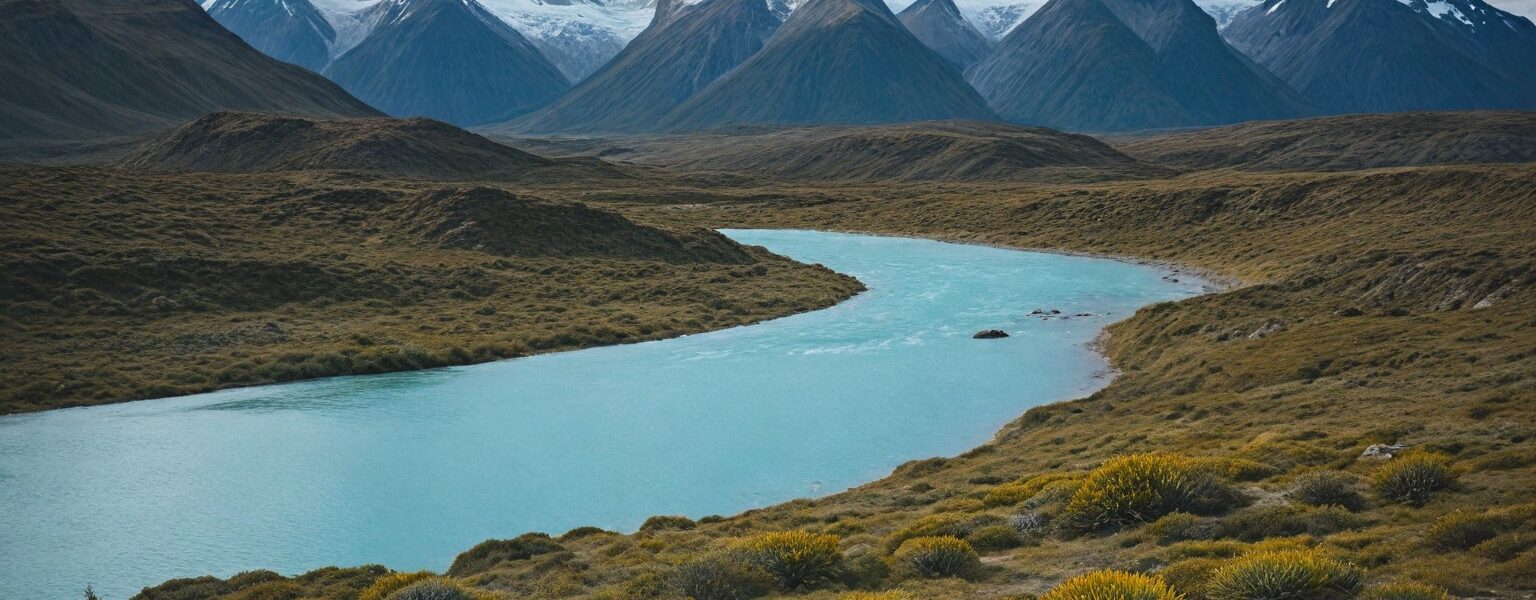The Torres del Paine National Park is a breathtaking destination located in the Patagonia region of southern Chile. Famous for its towering mountains, pristine lakes, and diverse wildlife, this national park is a bucket-list destination for nature lovers, hikers, and adventurers. Whether you’re planning a visit or just curious about this natural marvel, this article covers everything you need to know.
Introduction to Torres del Paine
Torres del Paine National Park is a UNESCO Biosphere Reserve, recognized for its unique ecosystems and remarkable scenery. The park spans approximately 227,000 hectares and is known for its stunning landscapes, ranging from jagged mountain peaks to vast glaciers and serene rivers.
Key Attractions of Torres del Paine
1. The Three Towers (Las Torres)
The park is named after its most iconic feature—Las Torres (The Towers). These three massive granite spires rise dramatically above the Patagonian landscape and are one of the park’s most famous viewpoints. The hike to the base of these towers is challenging but rewarding, offering breathtaking views along the way.
2. Grey Glacier
The Grey Glacier is one of the most striking glaciers in the region, part of the Southern Patagonian Ice Field. Visitors can hike to the glacier, kayak near it, or take a boat tour to witness the massive ice walls up close.
3. Lake Pehoé
The turquoise waters of Lake Pehoé provide one of the most scenic spots in the park. Surrounded by mountains, this lake is a favorite for photographers and travelers looking to soak in the beauty of Patagonia.
4. Cuernos del Paine
The Cuernos del Paine (Horns of Paine) are another famous rock formation in the park. These multicolored, sharp peaks stand alongside the towers and are visible from many vantage points within the park.
Wildlife in Torres del Paine
Torres del Paine is not only home to dramatic landscapes but also to diverse wildlife. Visitors may encounter species such as:
- Guanacos (related to llamas)
- Andean condors
- Pumas (mountain lions)
- Rheas (flightless birds similar to ostriches)
Birdwatchers and wildlife enthusiasts will find the park a paradise for spotting rare and unique species native to Patagonia.
Best Hiking Routes
1. The W Trek
The W Trek is the most popular hiking route in Torres del Paine, named after the shape it makes on the map. It covers some of the most famous landmarks, including Las Torres, Grey Glacier, and the French Valley. The trek usually takes 4-5 days, with a moderate difficulty level.
2. The O Circuit
For more seasoned hikers, the O Circuit is a longer, more challenging route that encircles the entire park. It typically takes around 8-10 days to complete and offers a more immersive experience into the park’s wilderness, with fewer crowds compared to the W Trek.
When to Visit Torres del Paine
The best time to visit Torres del Paine is during the Patagonian summer months, from December to February. This period offers the most favorable weather conditions for hiking and outdoor activities, with longer daylight hours. However, visitors should be prepared for rapidly changing weather at any time of the year, as Patagonia is known for its unpredictable climate.
Getting to Torres del Paine
To reach Torres del Paine, the closest town is Puerto Natales, which serves as the gateway to the park. From there, you can take a bus or arrange a private tour to the park’s entrance. The nearest airport is located in Punta Arenas, around 3 hours from Puerto Natales.
Accommodation Options
Visitors to Torres del Paine can choose from a variety of accommodation options, ranging from luxury eco-lodges to basic campgrounds. Some popular options include:
- Refugios (mountain huts): For hikers along the W Trek and O Circuit.
- Campgrounds: There are designated campsites within the park for those looking to fully immerse in nature.
- Hotels and Lodges: For a more comfortable stay, several eco-friendly lodges and hotels are located near the park.
Final Tips for Visiting Torres del Paine
- Pack Smart: Weather in Torres del Paine can be unpredictable, so it’s essential to pack layers, waterproof clothing, and sturdy hiking boots.
- Respect the Environment: The park is a UNESCO Biosphere Reserve, so it’s vital to follow Leave No Trace principles to preserve the park’s natural beauty.
- Plan in Advance: Accommodation and trekking permits can fill up quickly, especially during peak season, so it’s wise to book everything well in advance.




